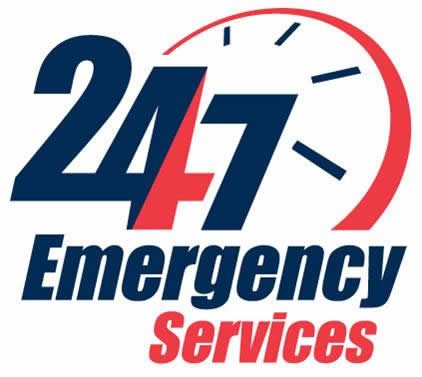Plumbing Tips
Know where your shut off valve is:
- A major water leak in your plumbing system can cause significant property damage as well as water loss.
- If you do not have a shut off valve, consider having a licensed plumber install one. A shut off valve can save water, money time and inconvenience.
- If you do have a shut off valve, please make sure you know where it is located and mark it so others can easily find it.
Testing a toilet for leaks:
- Check the water level in the tank to be sure that the water is not overflowing by way of the overflow pipe (the pipe in the middle of the tank with a small piece of tubing connected to it).
- If water is running into the overflow pipe, adjust the fill valve until the water stops approximately one inch below the top of the overflow tube (there may be a water level mark stamped on the side of the tank).
- Test the flush valve mechanism by putting a few drops of food coloring into the tank.
- Check the bowl after 15 minutes, if the water in the toilet bowl has changed color, the ball or flapper is leaking and needs to be replaced.
Water Saving Tips:
- Eliminate leaks by replacing old washers. A dripping faucet can waste 3,600 gallons a year
- Install faucet aerators
- Only use the dishwasher with full loads, and use the “water-saver” setting, if available
- Consider replacing toilets with high-efficiency toilets. With new technological advancements high-efficiency toilets use less than 1.3 gallons per flush.
Money Saving Maintenance Tips:
- Do not put items like coffee grinds, excessive potato and carrot peels, and cooking oils down the disposal.
- Never flush personal care wipes (even if they claim to be “flushable”) down the toilet. They do not break down properly and can cause stoppages.
- Be sure to check outside spigots for drips or leaks.
- Install water saving faucet aerators and shower heads.


